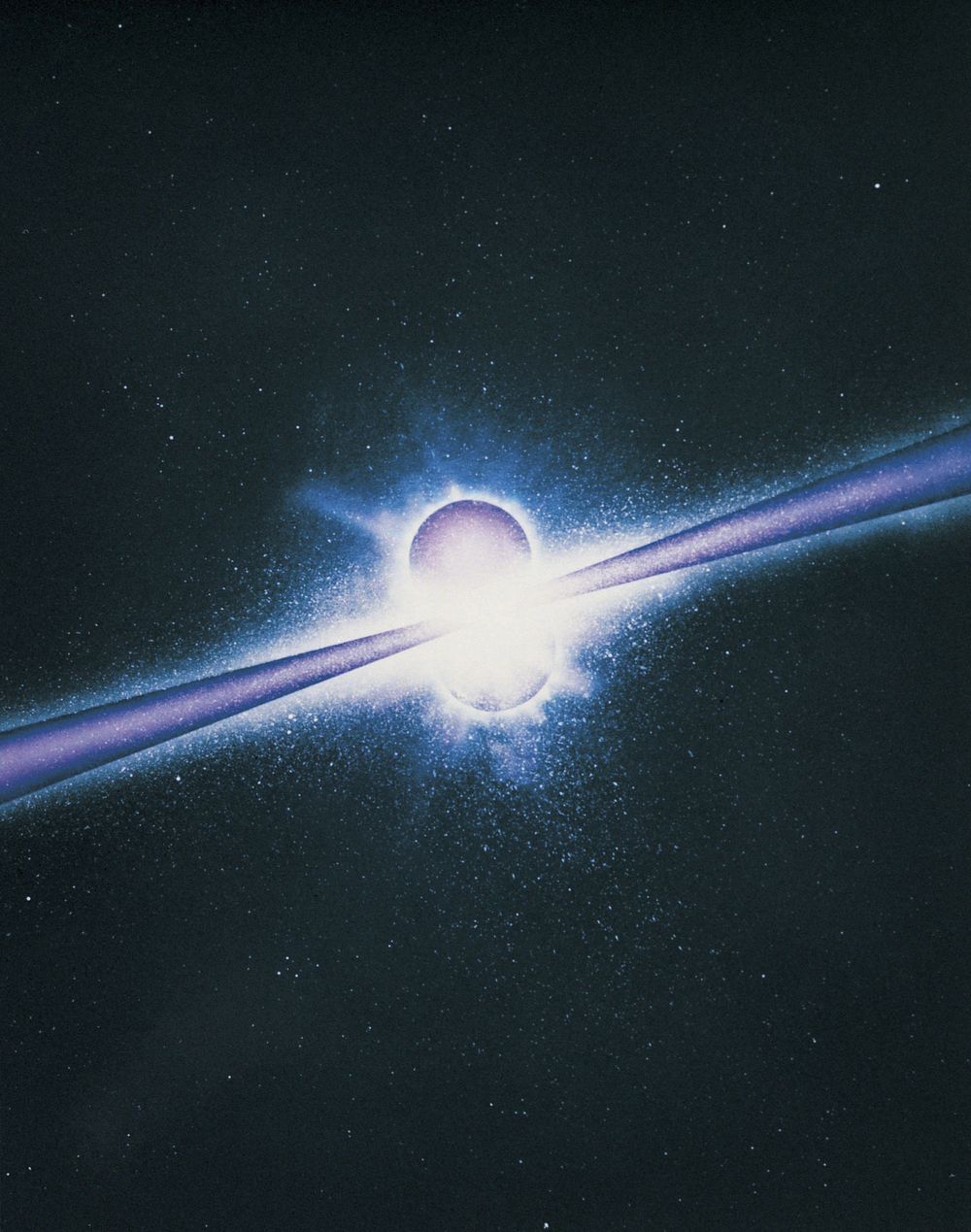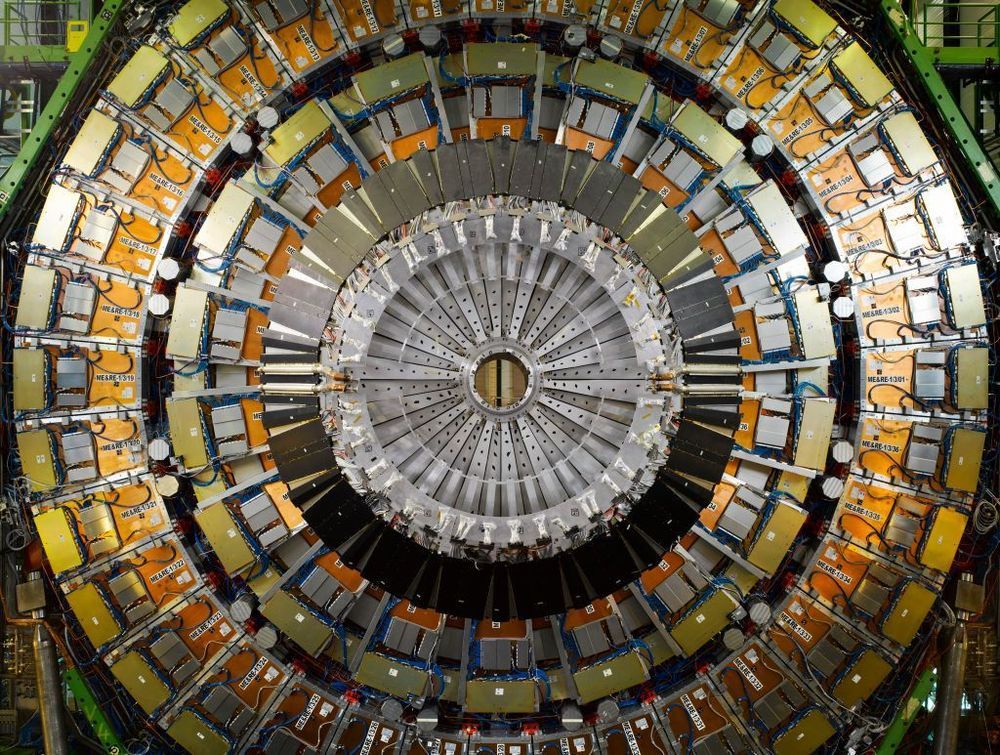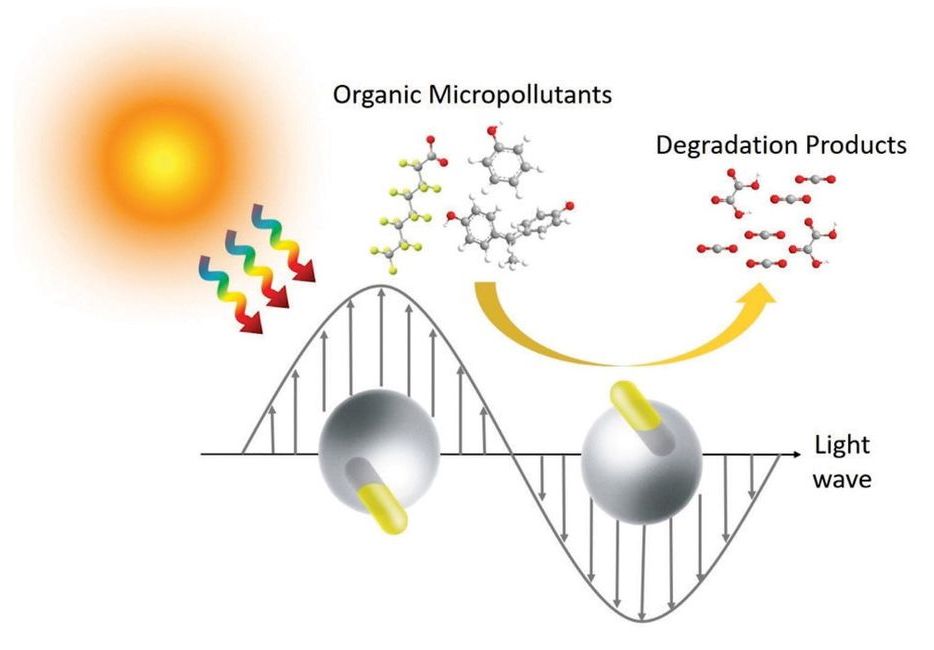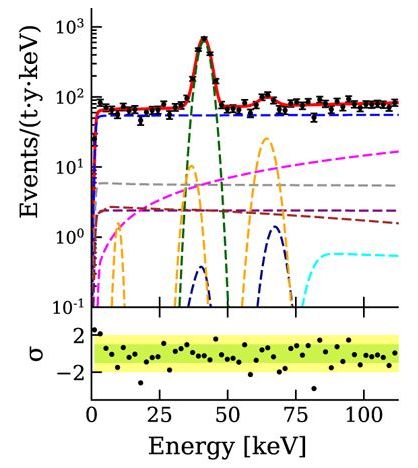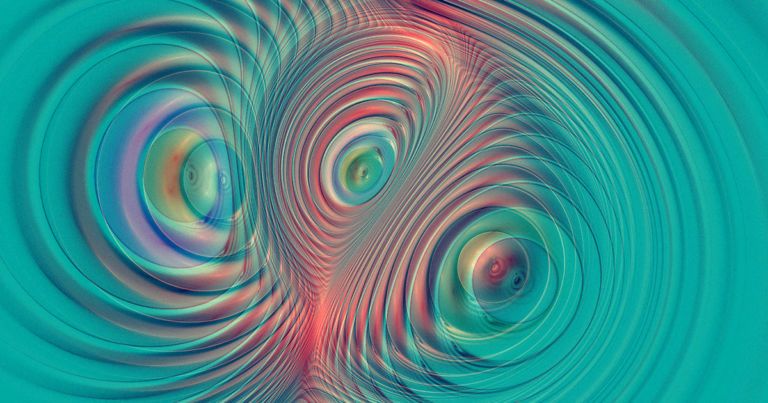A scientist in California has taken steps toward a long-sought gamma ray laser by harnessing positronium bubbles in special liquid helium. Positronium is a volatile, short-lived atom that seems kind of like hydrogen but has a positron—an antiparticle considered opposite to an electron, sometimes even called an antielectron—instead of a proton.
Holding positronium in liquid helium extends its viable stability, a relationship that’s decades old: “Positronium’s long lifetime in liquid helium was first reported in 1957,” says the press release, which links to a paper by physicist Richard A. Ferrell about the “reduced pickoff” positronium experiences when it can form a bubble inside liquid helium.
